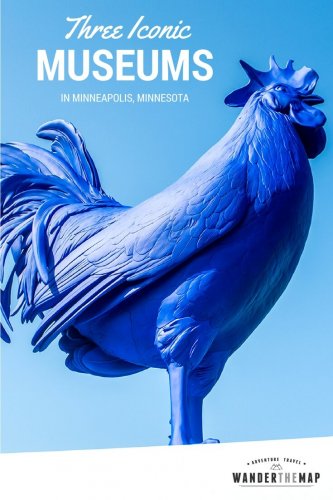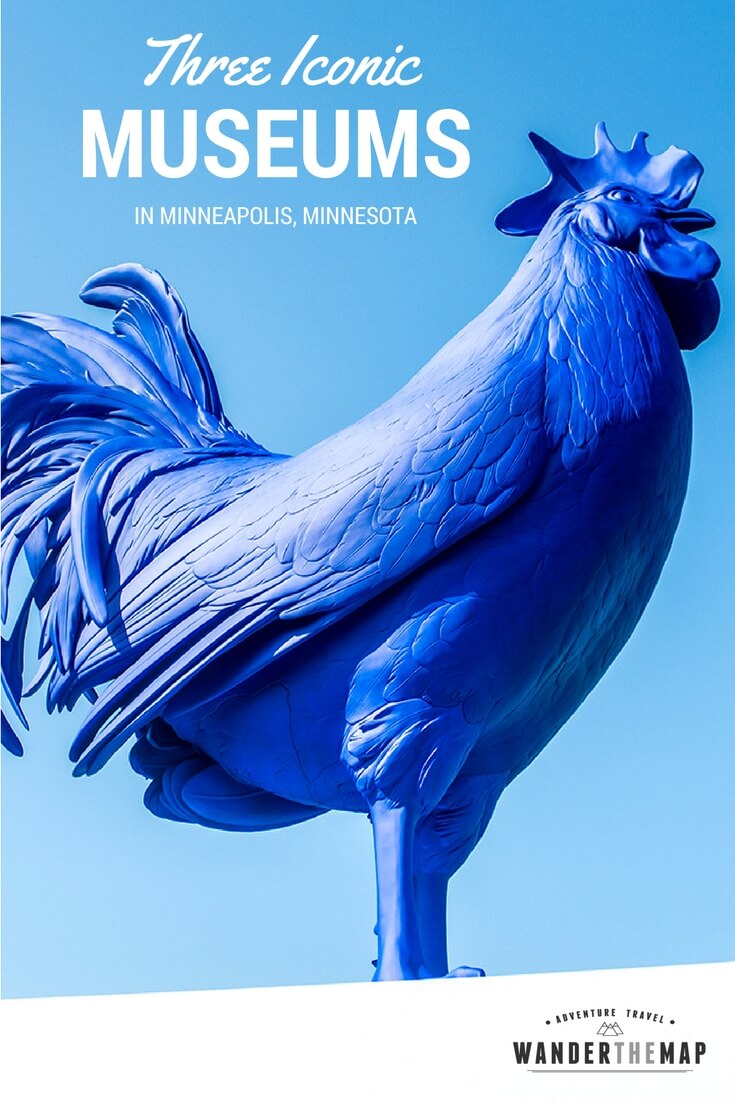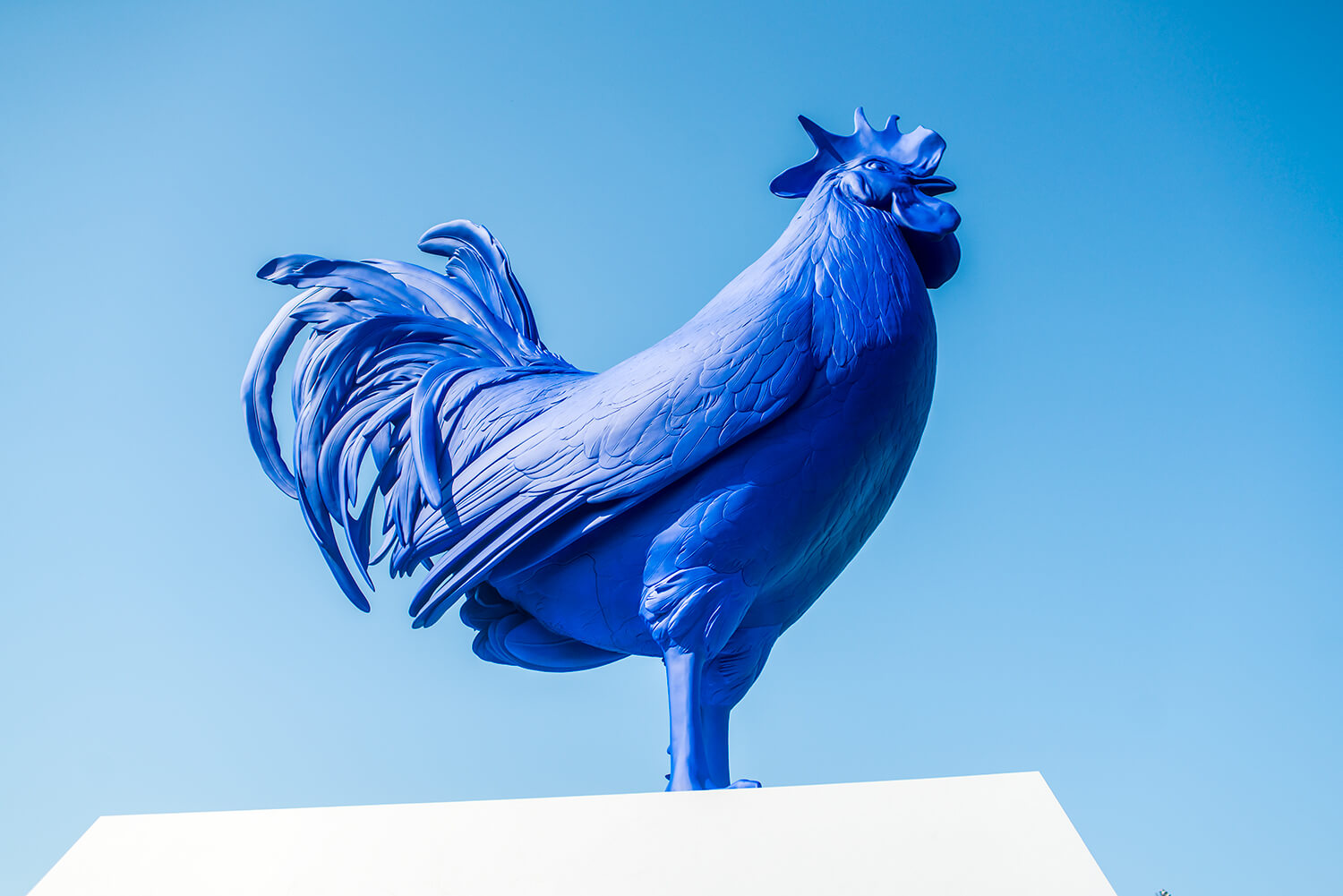
21 Sep 3 Iconic Museums in Minneapolis, Minnesota
There are many great museums in Minneapolis, Minnesota, and I visited three of them while exploring the city on a trip with Marriott. During my weeklong trip exploring my own backyard, we made our way to the Walker Art Center & Minneapolis Sculpture Garden, Mill City Museum, and Foshay Tower Museum and Observation Deck. Of course, there are several other wonderful museums in the city, such as the Minneapolis Institute of Art, The Museum of Russian Art, Weisman Art Museum, American Swedish Institute, to name a few. But, for now, let’s dig a bit deeper into the three museums I visited on this trip. They are all located downtown and all three museums showcase a different side of Minneapolis. Each one has a different story to tell about the history and culture in Minneapolis.
Mill City Museum
The Mill City Museum is built in the ruins of an old flour mill in downtown Minneapolis, right on the shores of the Mississippi River. Because of the city’s rich milling history, Minneapolis was at one point known as the “Flour Milling Capital of the World.” In fact, the milling industry was one of the main contributors to the growth of the area’s population in the late 1800’s.
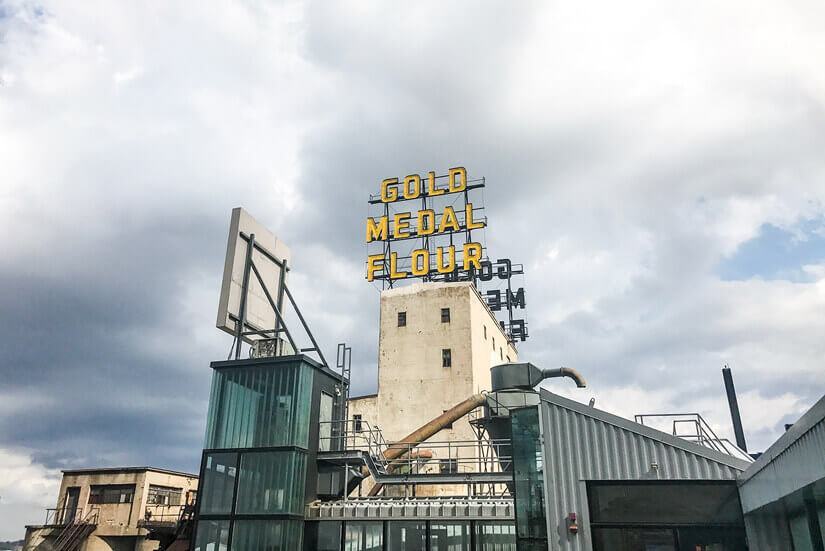
Throughout the mill’s history, there have been a couple of devastating events. In the late 1800’s, the building was destroyed during a flour dust explosion. This explosion destroyed not only the mill, but a portion of other businesses on the riverfront. It was devastating for the region, but a new mill was built in 1880. This new mill used to be the world’s largest flour mill, and it is said at one time the mill could grind enough flour to make around 12 million loaves of bread each day. That’s a lot of flour! The mill was shut down in 1965 after technology evolutions rendered the mill obsolete, and the second devastating event happened in 1991 when the building was destroyed by a fire.
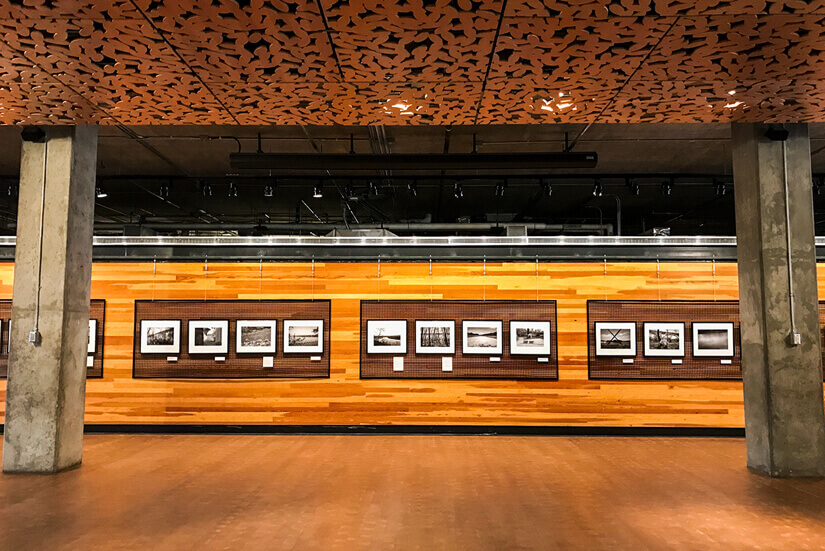
The museum opened in 2003, and inside you will learn all about the region’s history, the building’s history and about the flour milling industry. Exhibits include a baking lab, a water lab, flour milling machinery, and several other exhibits showcasing various aspects of products, people and media relating to the milling industry.
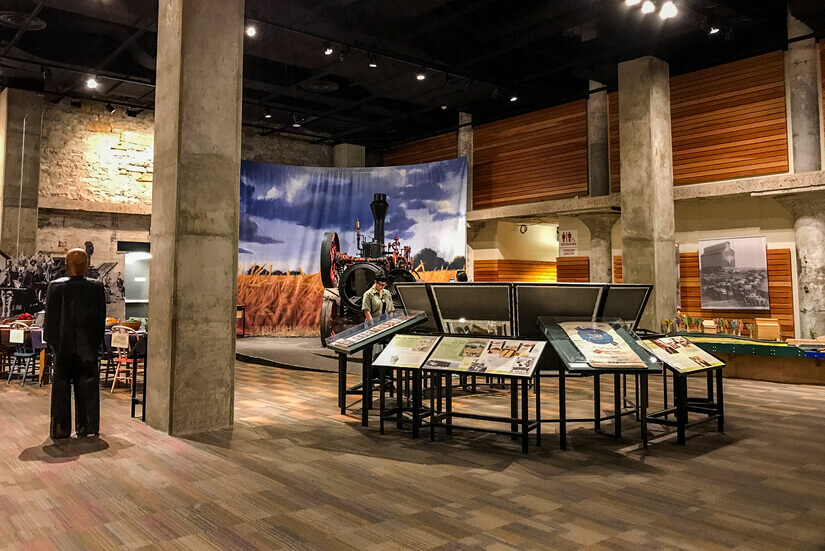
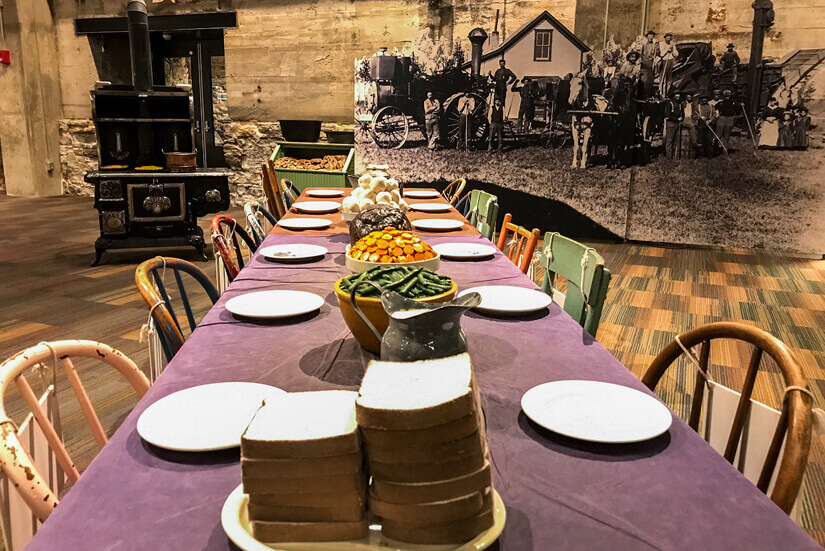
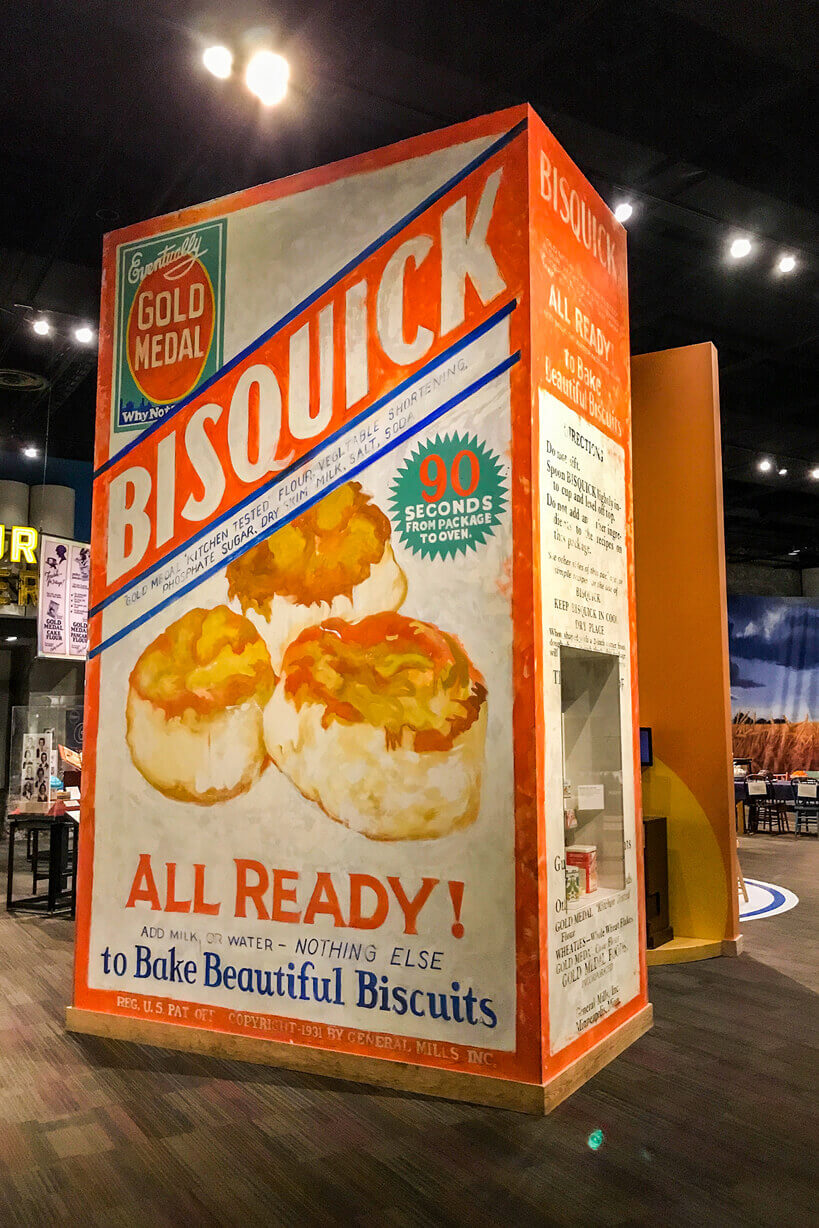
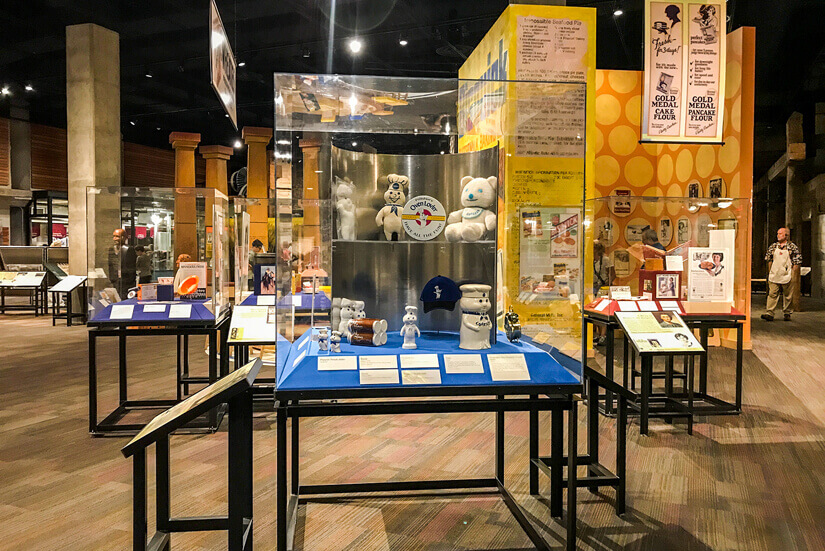
One of the main attractions of the museum is the Flour Tower multimedia show where you take a seat inside of an old freight elevator. The elevator brings you to several floors and you get a peek into what the mill looked like during its flour milling days. The tour is narrated by the voices of those who used to work at the mill and it is a wonderful trip back in time. After the Flour Tower show, you will disembark on the 9th floor where you will have the opportunity to visit the rooftop observation deck. The observation deck offers views overlooking the Mississippi River, St. Anthony Falls and the historic Stone Arch Bridge.
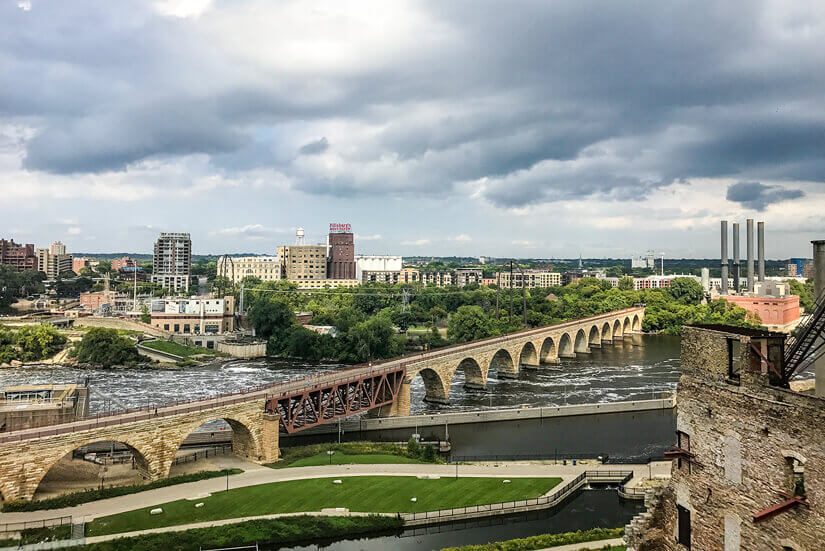
In addition to the museum exhibits, visitors can attend Mill City Live concerts and a variety of other events in the outdoor ruin courtyard. Some of the other events offered are cooking demos, baking workshops, Mill City Oktoberfest, and An “Eventually” Christmas: Holidays at the Mill. No matter what time of the year it is, there is sure to be something interesting going on at the Mill City Museum and it’s definitely worth a stop to learn more about the history of Minneapolis.
Foshay Tower Museum and Observation Deck
The Foshay Tower Museum and Observation Deck is located on the top floors of the Foshay Tower inside of the W Hotel. This museum is a bit of a hidden gem, and it details the history of the first skyscraper built in Minnesota. The Foshay Tower was the tallest building in the city of Minneapolis from 1929-1971; the building has 32 floors and stands at a height of 447 ft. It was modeled after the Washington Monument and was also the first skyscraper built west of the Mississippi River.
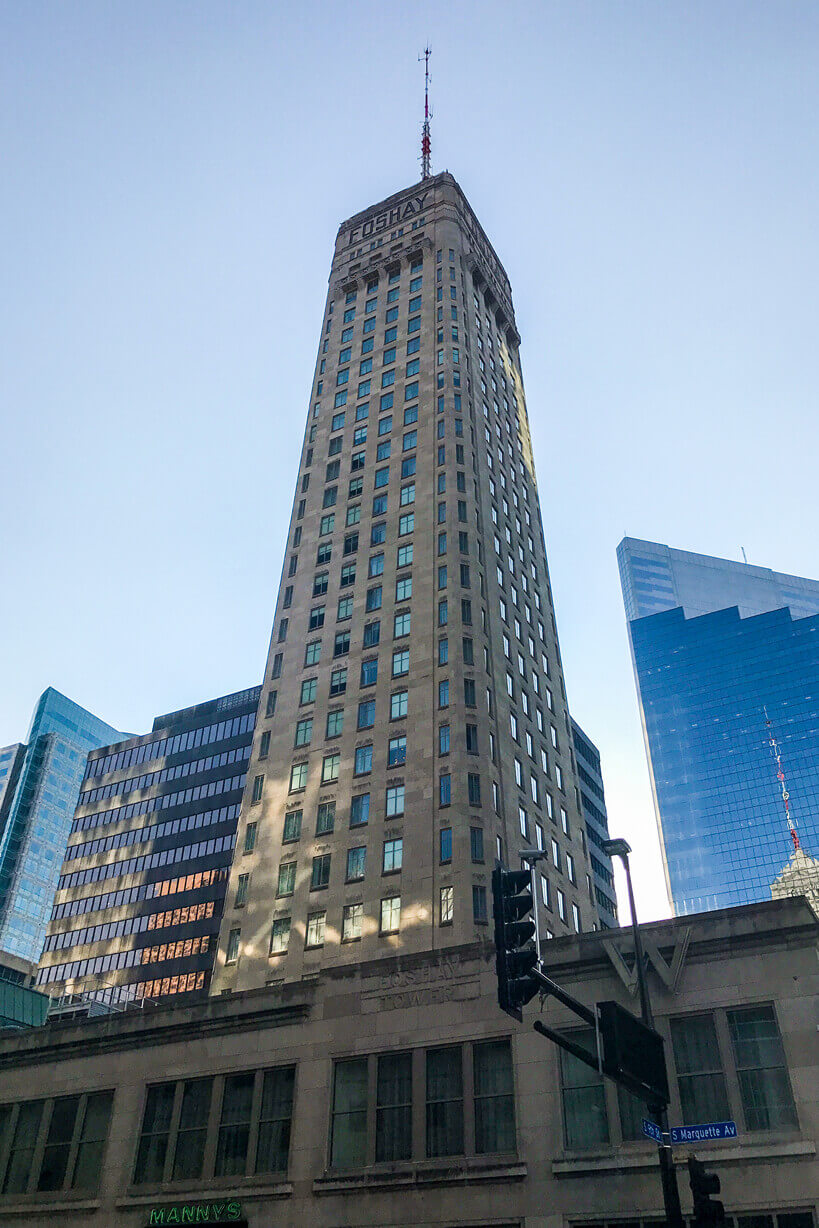
The museum is located on the 30th floor and provides a look into the storied history of the building’s creation, as well as its creator, Wilbur Foshay. The building was completed right before the onset of the Great Depression, and after a grand dedication ceremony, checks started to bounce and trouble fell on Wilbur Foshay. You will find newspaper clippings, photographs, letters, memorabilia and an interactive video screen inside the museum detailing the events that transpired before, during and after the Great Depression.
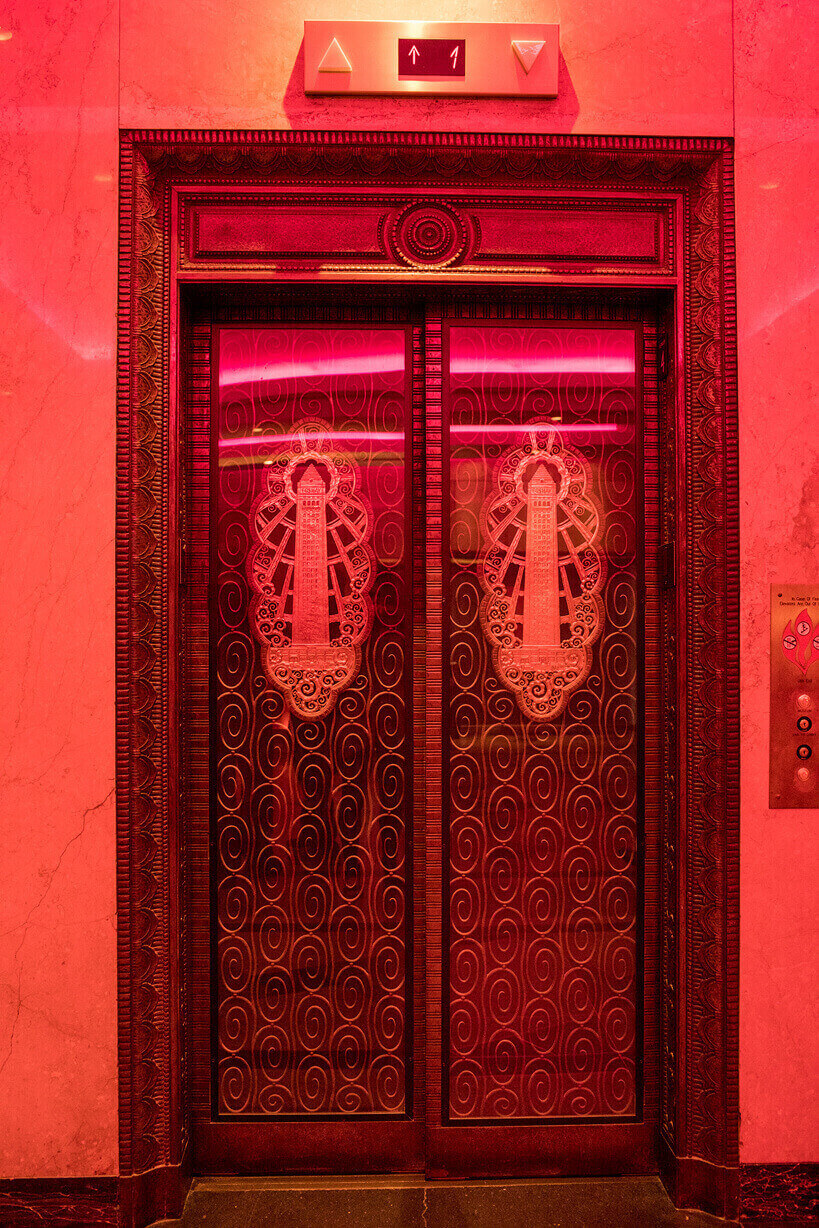
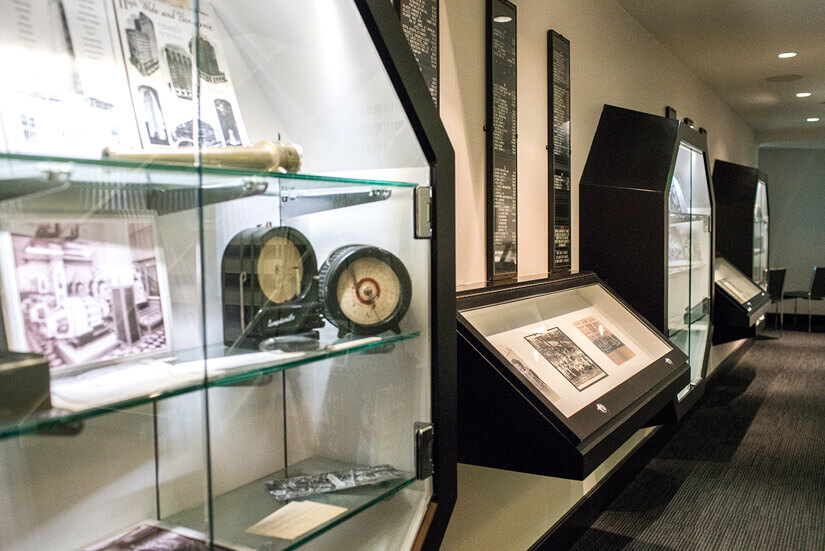
Once you learn all about the history of the Foshay Tower and Minneapolis, make your way up to the observation deck for a look at the city. One of the things we love about the view from the observation deck is that it isn’t the tallest building in the city anymore. Because it’s not the tallest building, you get a unique vantage point of looking out at the surrounding buildings rather than looking down on them all.
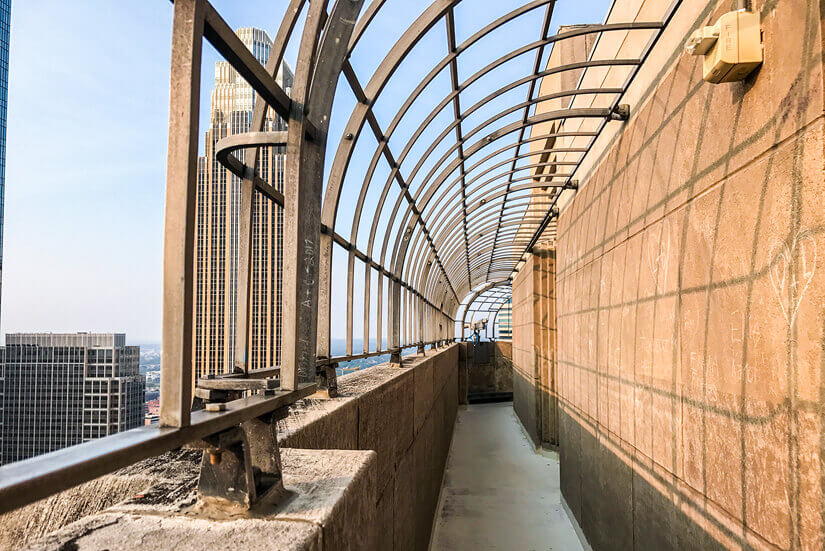
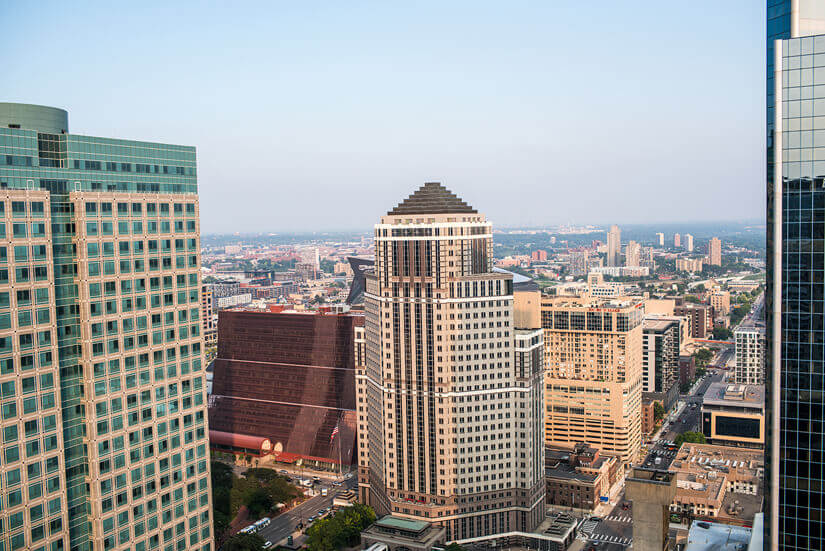
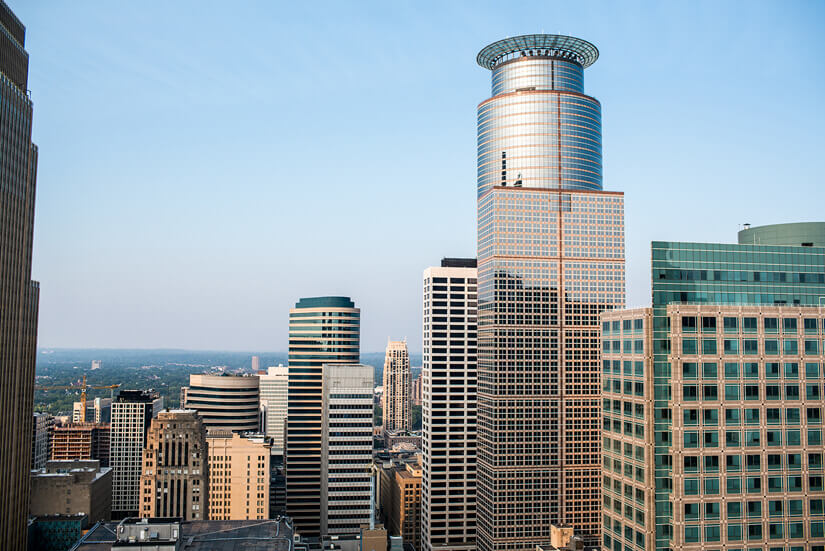
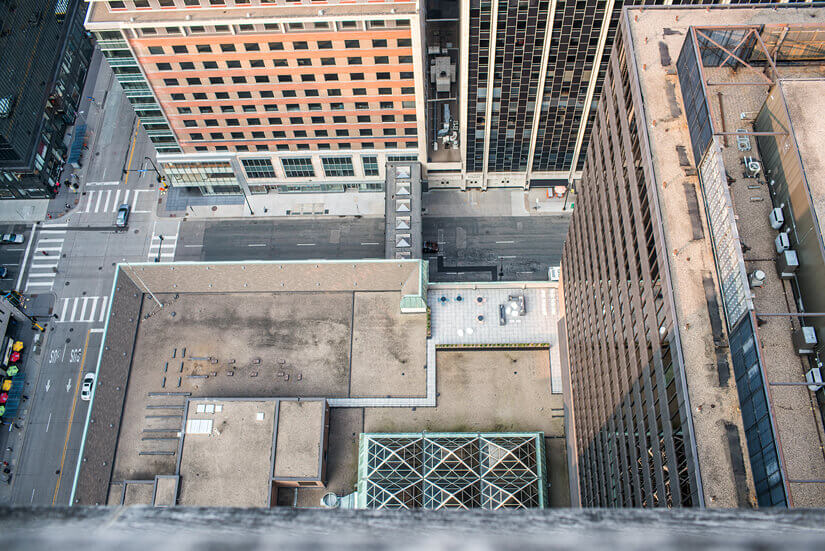
Over the years, the building was mainly used as office space. That is until 2008, when the W Hotel opened inside of the tower. Now, in addition to this museum, the tower houses the sleek W Hotel, the Prohibition Bar, the Living Room Bar, Manny’s Steakhouse and the Key’s Café.
Walker Art Center & Minneapolis Sculpture Garden
While the other two museums on this list focus on the history of Minneapolis, the Walker Art Center takes on a more present-day vibe as a contemporary art center. The Walker Art Center is home to an acclaimed collection of contemporary visual, performing and media arts, as well as the adjacent Minneapolis Sculpture Garden. The programs and exhibitions at the museum “examine the questions that shape and inspire us as individuals, cultures, and communities” and they take a diverse and global approach to contemporary art.
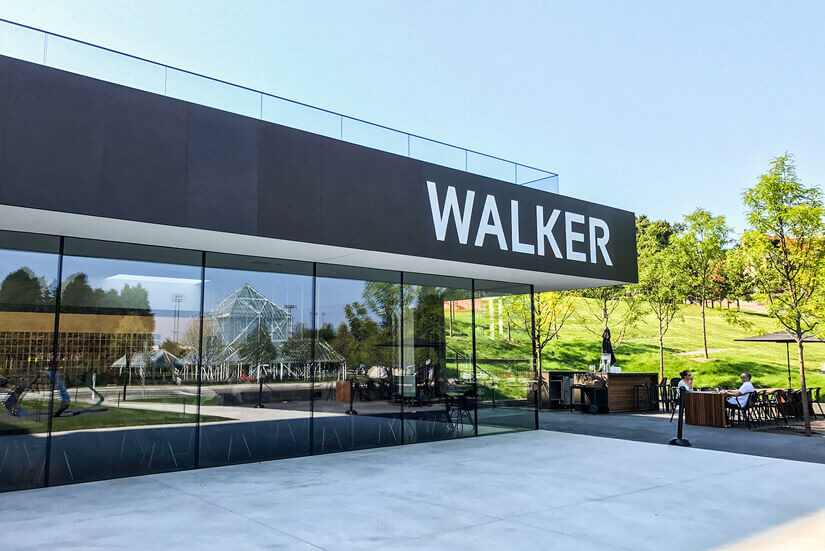
Inside the museum you will find movie screenings, rotating exhibitions, and performances of music, dance and other arts in the theater. There is also a restaurant on site called Esker Grove which was a 2017 James Beard Foundation Semifinalist for Best New Restaurant.
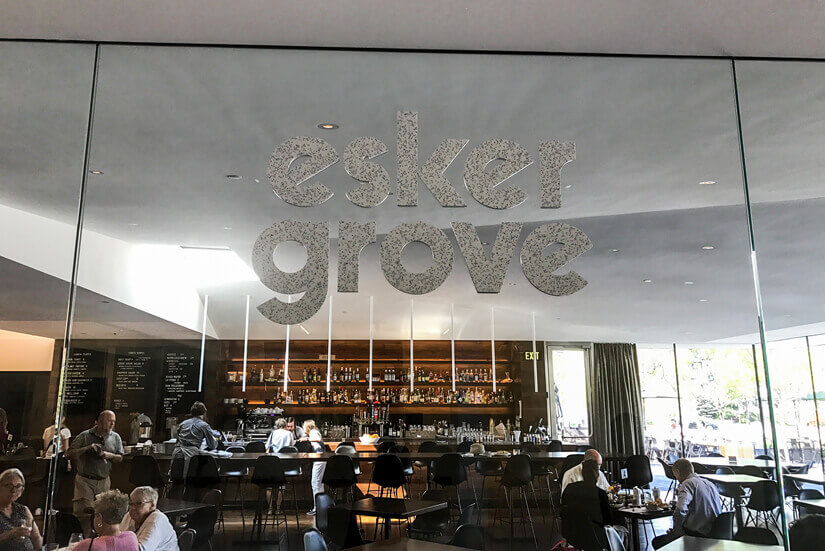
During our visit, a couple of my favorite exhibitions were Katharina Fritsch: Multiples and Jimmie Durham: At the Center of the World, but there were several other great pieces on display as well.
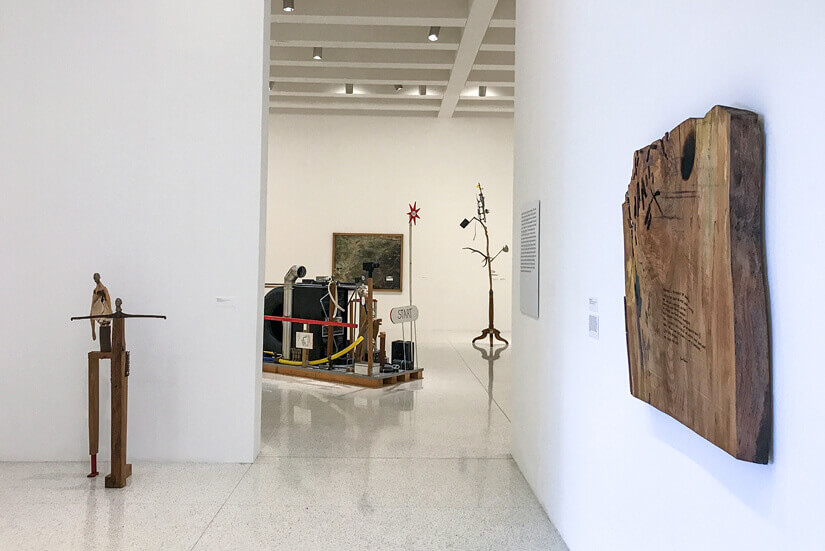
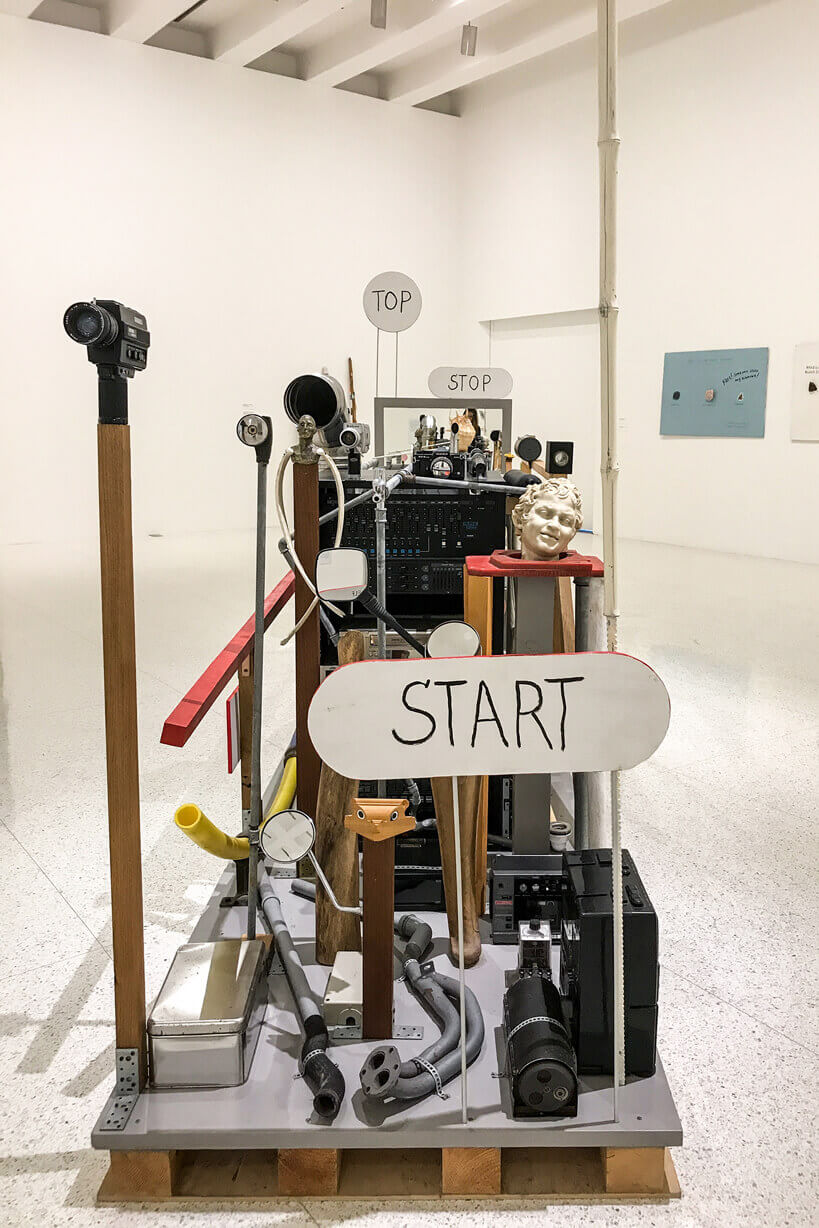
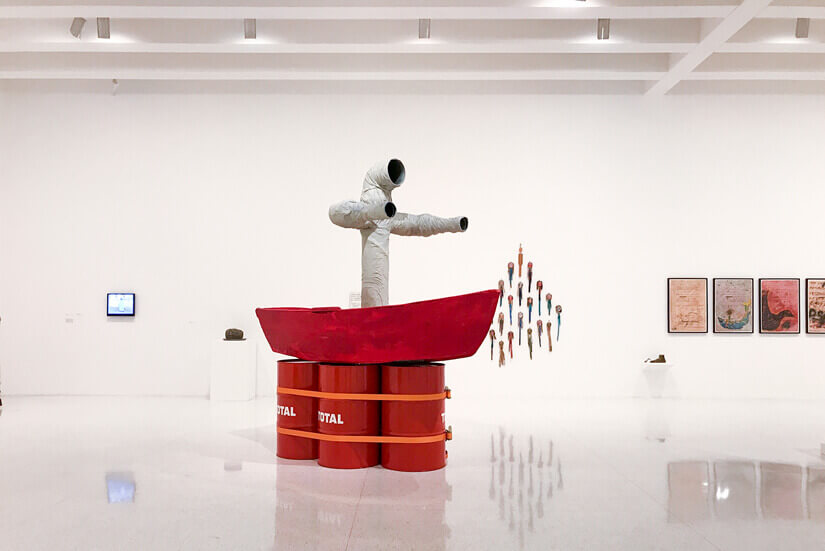
The Minneapolis Sculpture Garden is adjacent to the Walker Art Center, and it just reopened again in 2017 after a remodel. The garden is free to visit and it showcases more than 40 works of art, and it even has an artist designed mini golf course on site.
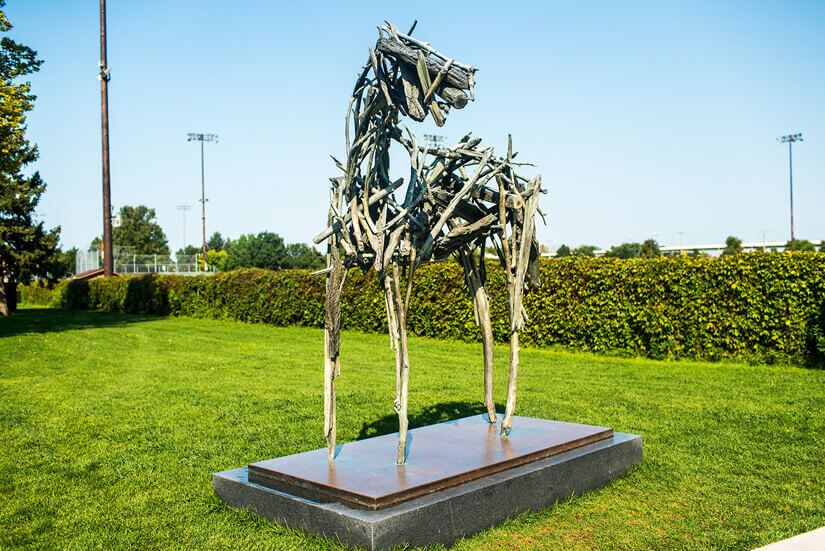
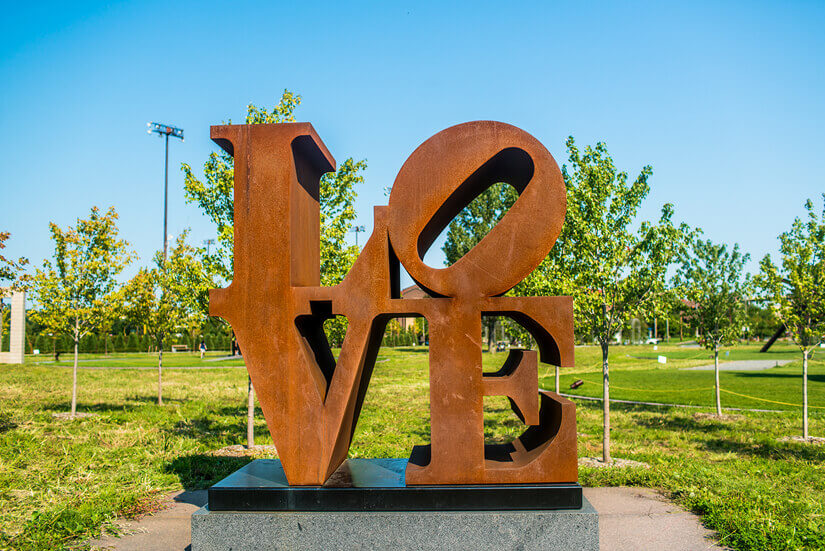
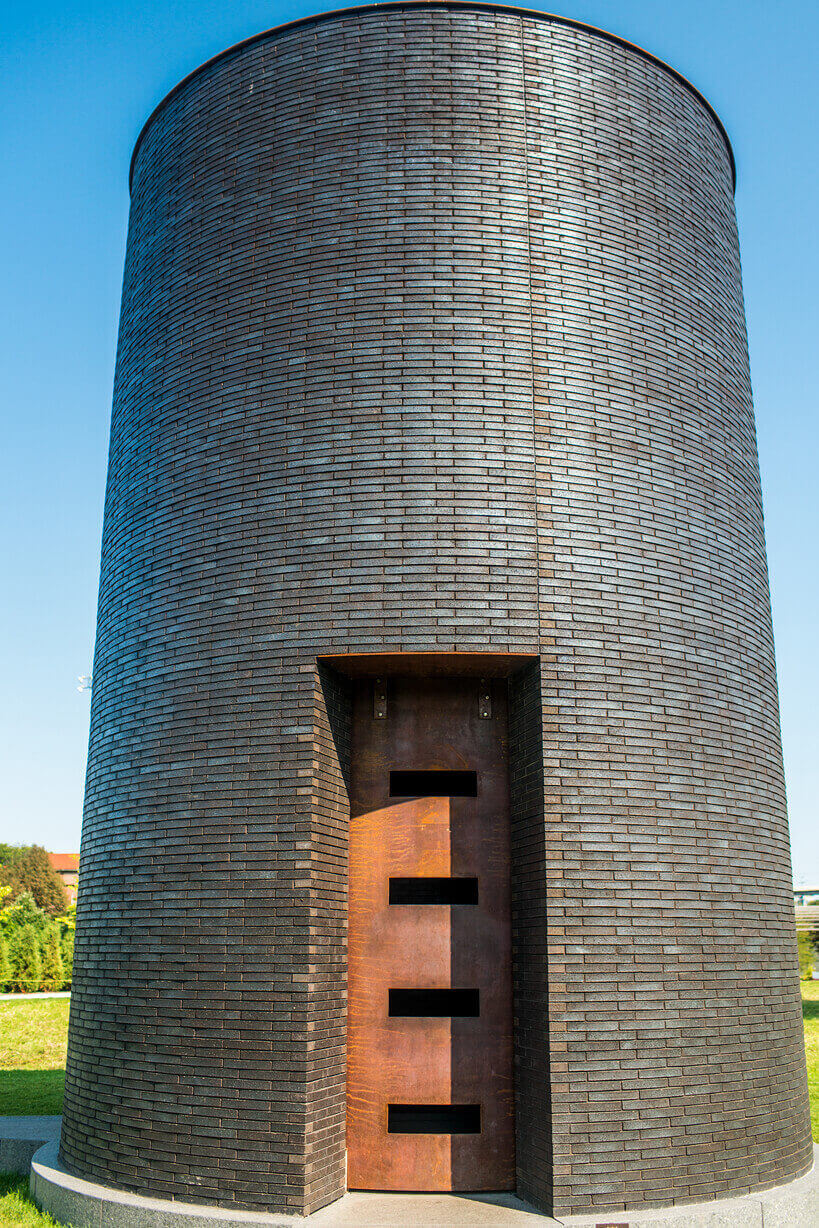
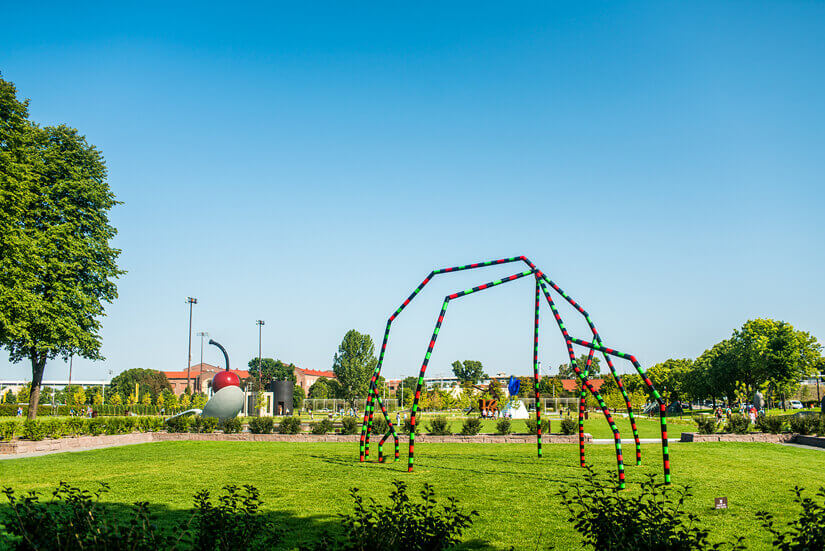
The most iconic sculpture in the garden is the Spoonbridge and Cherry–it is a giant spoon with a huge cherry balancing on the tip. When you look at the sculpture from certain angles, it sits nicely in the foreground of the city skyline.
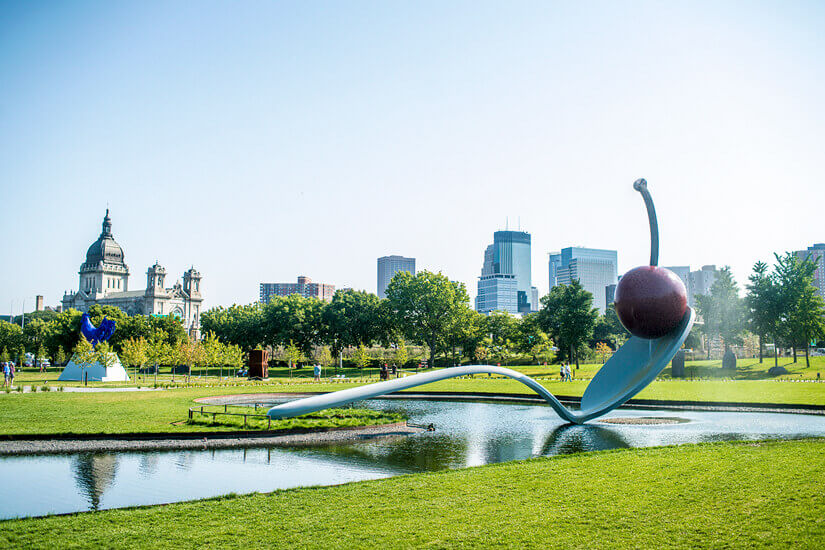
One of the new sculptures that everyone is talking about is the large blue rooster, Hahn/Cock.
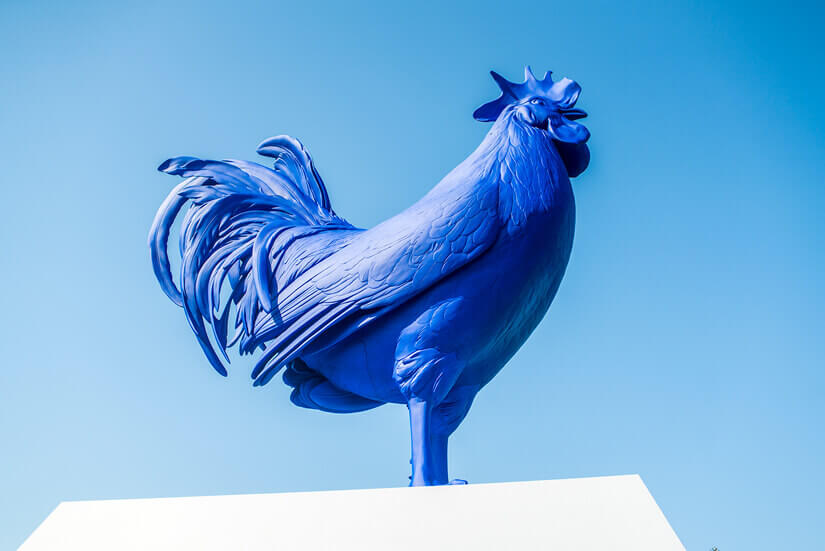
All of the sculptures are spread throughout the spacious garden and it creates a beautiful respite from the busy city next door. The combination of the Walker Art Center and the Minneapolis Sculpture Garden gives you a nice and relaxing contemporary escape.
Have you been to any museums in Minneapolis? Which one would you like to visit most?
Special thanks to the Marriott and all the fine establishments in this post for hosting me on a fantastic week in Minneapolis. As always, all opinions are my own.
Pin it!
